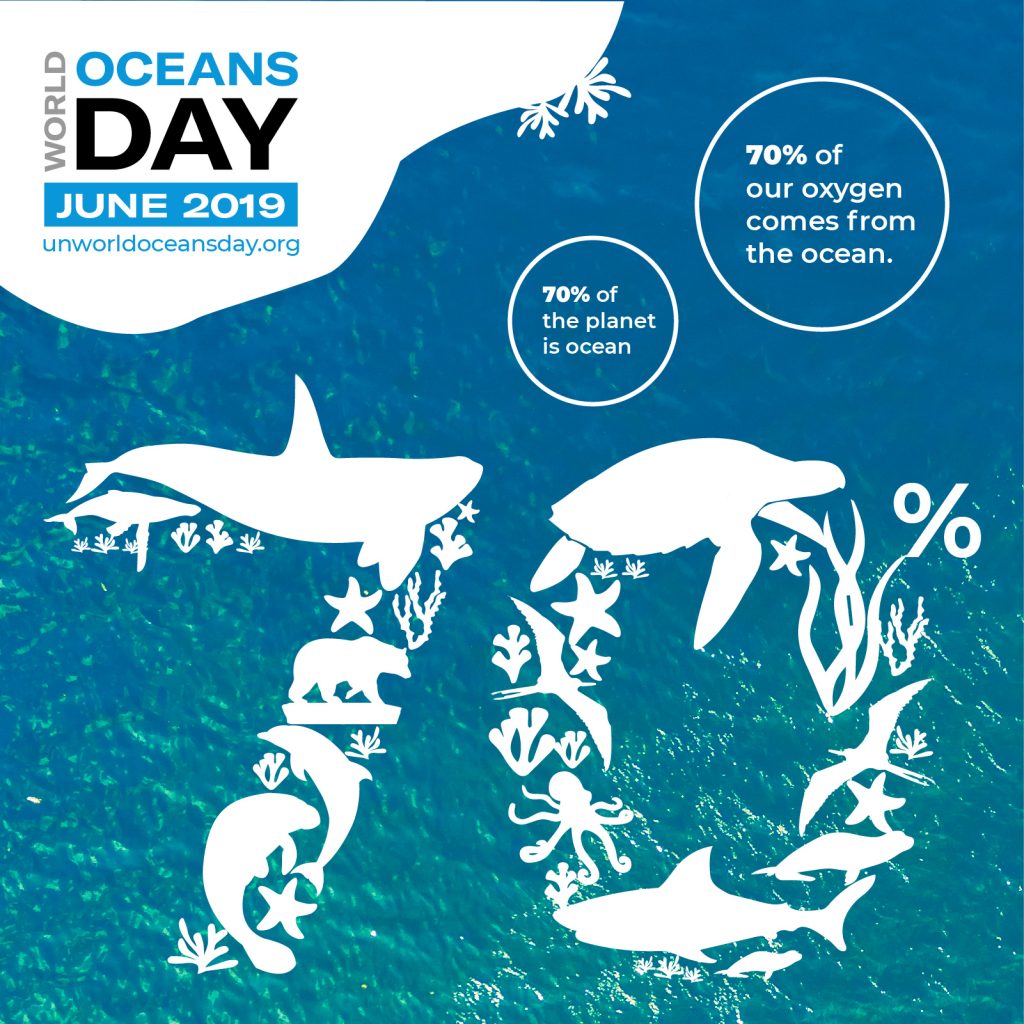World Oceans Day: 5 Key Issues

Saturday, June 8 was World Oceans Day – an annual event started in 1992. It might seem silly that we need a day to honor and remind us of the importance of the sea, but the fact is that most people take it for granted and act as if it is impervious to our assaults.
In fact there are so many ocean issues, it is hard to put them all into perspective. One way to organize topics and understand the threats is to put them into categories. My five are:
- What we take out of the sea – Primarily fish, shellfish, and other plants and animals for food. The big challenge in this category is overfishing. Yield from wild fish stocks peaked in the mid 1990’s due to over exploitation.
- What we put into the sea – the various pollutants, from sewage, industrial waste, toxic chemicals and biological materials, to agricultural runoff with excess nutrients, which can cause algae blooms and even “dead zones.” The most recent crisis is the explosion of plastics that find their way to the oceans. Plastics range from large items, to endless water bottles, to the broken down particles that now wind up in the food chain, and even as micro particles in the flesh of some fish.
- Marine life – “the critters” – the incredible range of animal life beyond fish, the rock-like coral reefs with colorful polyps, to sea turtles, manatees, to our closest counterparts, the marine mammals such as dolphin and whales.
- Habitat – The home for all that marine life is the most complex eco system imaginable ranging from tide pools, mangrove forests, swamps and marshlands, coral reefs, to the seafloor at different depths. Even the saltwater, the rich “soup” of life is home to the small algae, the phytoplankton, that produce more than half the oxygen critical to animal life — including us humans. Habitat gets destroyed in many ways such as coastal land development, dredging, and fishing methods that literally scrape the sea floor.
- Systemic Changes – There are two relatively new ways that mankind is affecting the sea, beyond what we think of as the pollution described above: excess heat and reducing the pH or alkalinity. Both stem from carbon dioxide level in the atmosphere which has now reached 415 ppm (parts per million). The effects of both are simultaneously subtle and profound. Warmer temperatures cause some plants to bloom and also are implicated in the death of corals––now estimated to have a 50% mortality. Lower pH – known as “ocean acidification” is perhaps the most abstract concept yet may have the greatest impact, since plants and animals can have narrow tolerance ranges for pH levels.
The oceans are huge; so are the topics and complexities. The above simple framework may help, but each item mentioned is an invitation for greater depth of study.
As readers of this blog know, my current focus is rising sea level. Most people assume that sea level rise is also an ocean issue. But mostly rising sea level is a “land issue.” In fact, the land, sea, and atmosphere are inextricably linked; it is all one system, better known as Planet Earth. As the oceans comprise over 70% of the planet’s surface, many have noted that it would be better named “Planet Ocean.”
I will close with a belated “Happy Oceans Day.” We must not take the sea for granted. We should treat the oceans well, recognizing that our health depends on it.
